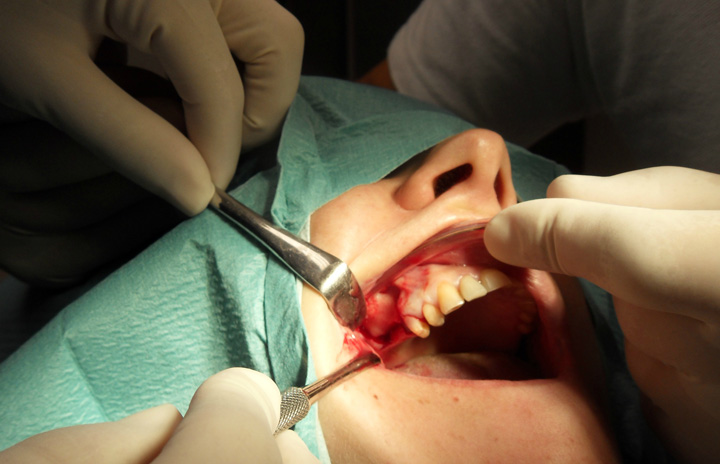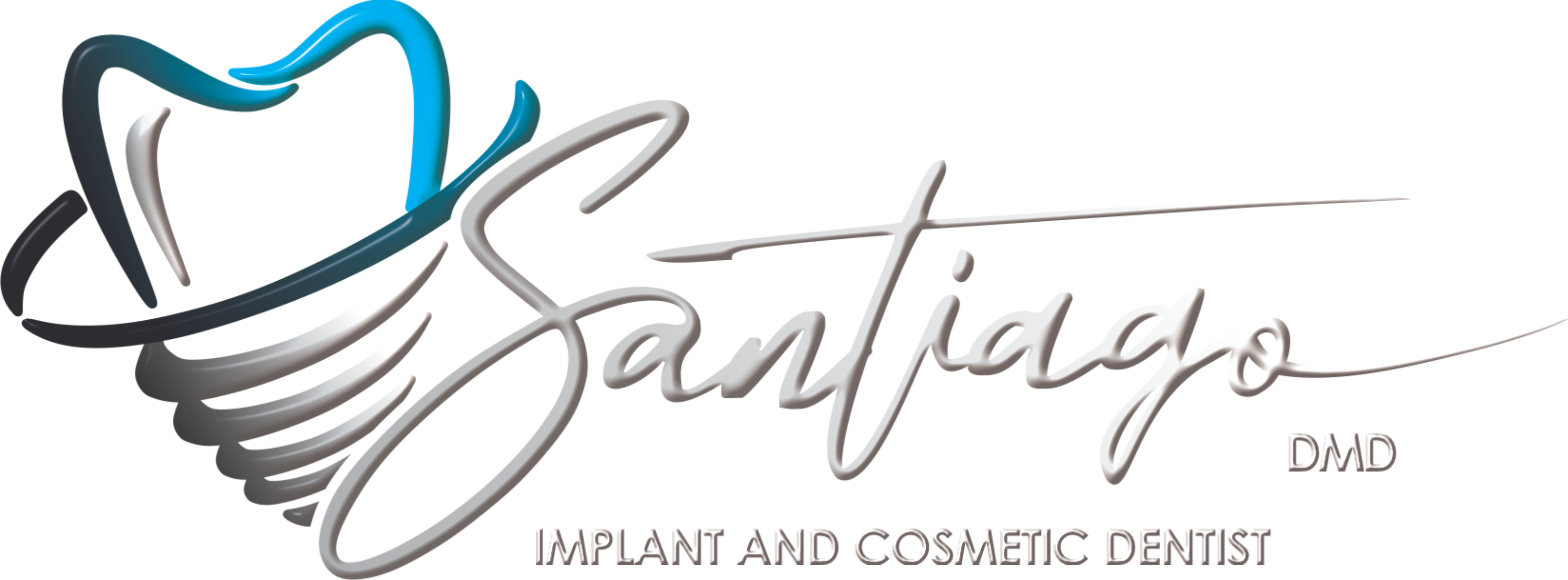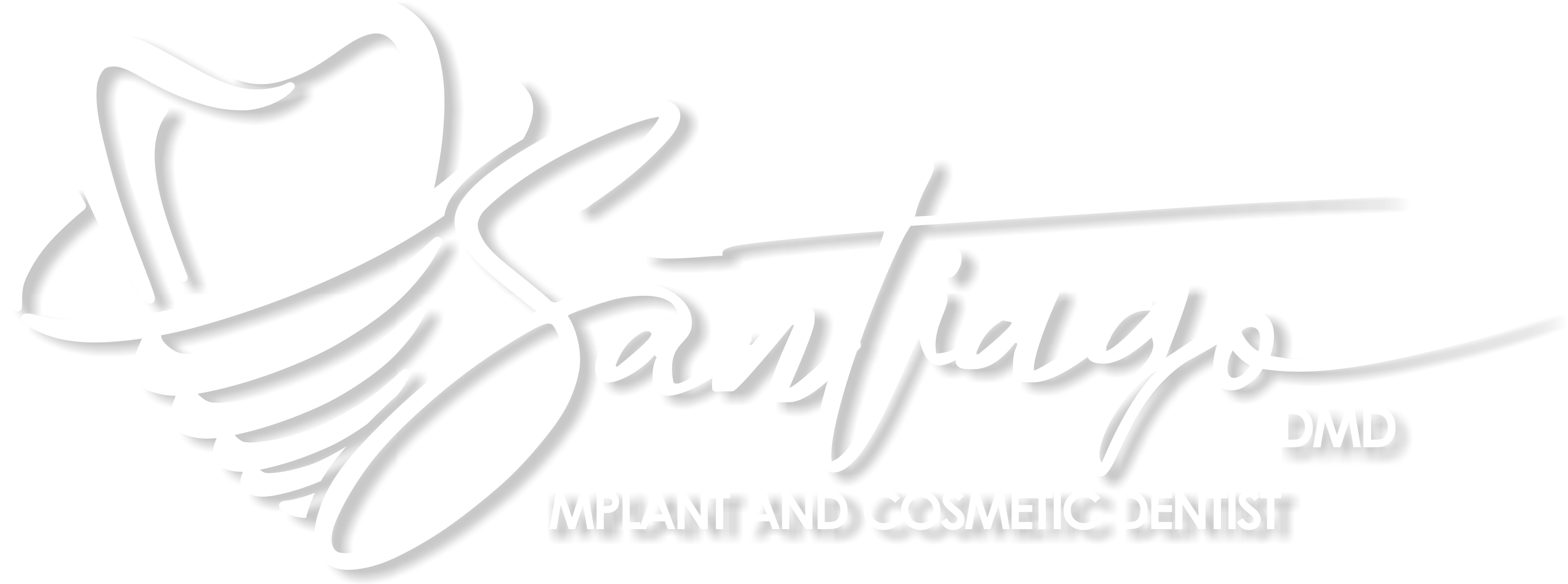- ysantiagodental@gmail.com
- Copyright 2023 / yoelsantiagodmd.com

A sinus lift, aka sinus augmentation, is a surgery that makes it easier to place dental implants. Some people need dental implants but don’t have enough bone support necessary for implants because of bone loss. A sinus lift can help as it increases the amount of bone in the upper jaw by adding bone to the space between your molars and premolars. To make room for the bone, the sinus membrane has to be moved upward or “lifted,” which gives the surgery its name. A dental specialist like an oral maxillofacial surgeon or a periodontist usually handle sinus lifts.
When do you need a sinus lift?
If your dentist can’t place your dental implants because you don’t have enough bone height in the upper jaw or your sinuses are too close to the jaw, your dentist may recommend that you get a sinus lift. Are you wondering why you might have bone loss? Good question. Some causes of bone loss include:
- Periodontal gum disease
- Losing teeth in your upper jaw
- Reabsorption of bone into the body after tooth loss
What happens before a sinus lift surgery?
If you’re getting sinus lift surgery, your dental professional will first determine where they’ll get the extra bone. The three most common types of bone used in sinus lift surgeries are:
- Autogenous bone: bone from your own body
- Allogenic bone: bone from a cadaver
- Xenograft: bone from a cow
If the bone comes from your own body, it will come from other areas of your mouth or body.
You’ll then need to get X-rays taken. X-rays allow the surgeon or dental specialist to study your jaw and sinuses so they can figure out precisely what you need.
How is a sinus lift surgery done?
Now, we’ll go over what you can expect in surgery so that you’re fully prepared and confident as you go into your sinus lift. Here’s a general sequence of events that take place during sinus lift surgery:
- The surgeon cuts the gum tissue.
- The tissue is raised, exposing the bone underneath.
- The surgeon cuts a small circle in the bone.
- The surgeon lifts the bony piece into the sinus cavity space and fills the hole with a bone graft.
- The surgeon closes the incision.
- The healing process begins.
In about 4-12 months after your sinus lift surgery, your dentist will place your implants. This time in between gives the new bone time to merge correctly with your existing bone. The amount of time between your surgery and getting your implants placed depends on how much bone you needed. Your dental professional will let you know when they’ll be able to place your implants.
What happens after a sinus lift?
Most people only experience a little discomfort after their sinus lift. You might have some swelling. You might also experience some light bleeding from your nose or mouth in the days immediately following surgery.
After your procedure, try not to blow your nose or sneeze frequently. (We know sneezing is hard to control, so try to stay away from anything that makes you extra sneezy). Sneezing and blowing your nose can cause the bone-graft material to move and loosen the stitches. So be careful.
Your dentist or dental specialist might give you:
- Saline spray to keep your nose moist
- A prescription to prevent congestion and inflammation
- Pain medicine
- Antibiotics
- Antimicrobial mouthwash to help prevent infection
You will have a follow-up appointment with the dental specialist 7-10 days after your surgery. During this appointment, the specialist will examine the surgical site and remove any stitches that have not dissolved independently. In some cases, patients need to return a few more times for a check-in. There’s no need to worry, though. Your dental professional wants to make sure that you’re healing properly.

SERVICES
We provide aesthetic and specialized dental services of high complexity, including innovative techniques to achieve a harmonious and perfect smile. Consult our portfolio and learn about the treatments we perform:
DENTAL IMPLANTS
MAXILLARY SINUS LIFT
GUM RECESSION
DENTAL BONE REGENERATION
WISDOM TEETH SURGERIES
COMPLICATED DENTAL SURGERY
Complete the contact form or send us an email and we will get back to you as soon as possible.
Testimonials
Leave your rating and comment
The experience of our patients with respect to their treatments and the treatment received from our doctors and the entire team.

Project carried out by SAI GROUP. http://saigroupfl.com / Mobile: +1(954) 593-8227 / Email: saigroupfl@gmail.com


